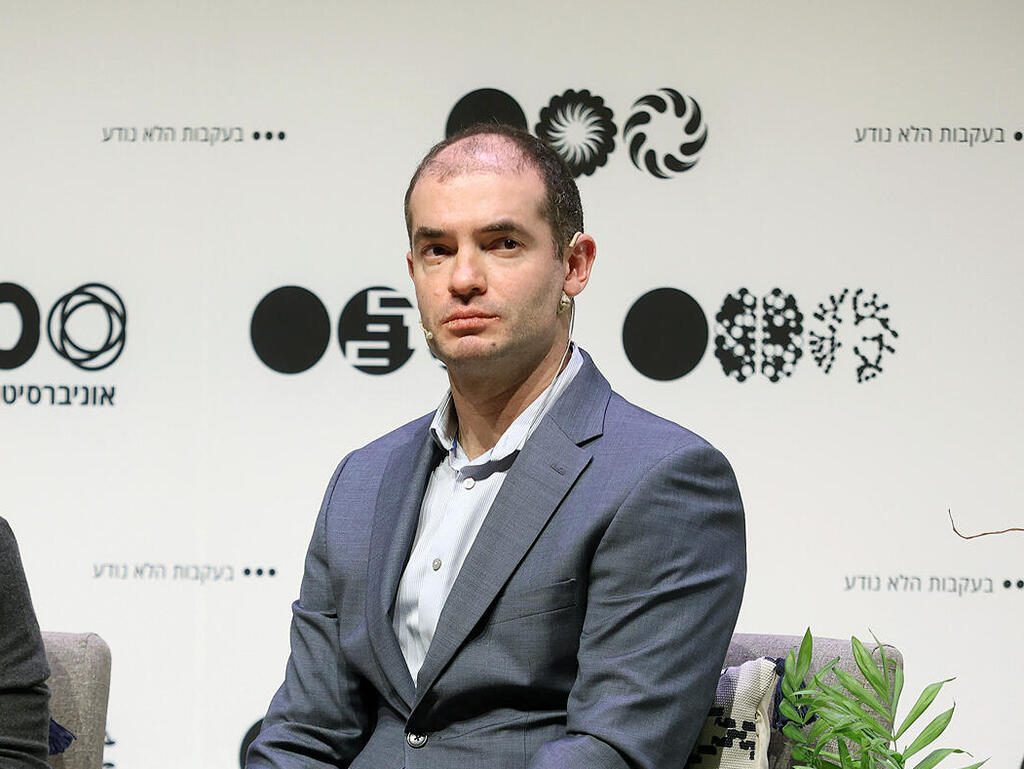Thinking Machines Lab, the San Francisco–based AI startup led by former OpenAI CTO Mira Murati, is aiming to raise a record-breaking $2 billion seed round, valuing the company at around $10 billion—a rare funding magnitude for such an early-stage venture
🏅 Why It Matters
- Historic Size for a Seed Round
At $2 billion, it could become the largest ever early-stage AI round—substantially higher than conventional early startup investments . - Elite Team and Leadership
Headlined by Murati and featuring key OpenAI alumni like John Schulman, Barret Zoph, Alec Radford, and Bob McGrew, the team brings unmatched pedigree - Broad Mission for Custom, Transparent AI
While stealth on products, the lab focuses on developing AI that’s understandable, customizable, and generally capable, potentially pushing toward AGI - Big‑Ticket Investors Committed
The round is led by Andreessen Horowitz with participation from Sequoia, Conviction Partners, and even the government of Albania; minimum checks start at $50 million - Fundamentally a Talent & Compute Bet
Investors are backing Murati’s team and compute goals—rather than existing products—betting on long-term generative AI breakthroughs businessinsider - Shaping the Future of AI Funding
This round reflects the broader AI investment boom—following similar seed mega‑rounds at SSI and xAI—and signals rising stakes in early AI ventures
🔭 What’s Next?
- Product Emergence in 2026: The lab is expected to release initial models or research output next year .
- Vertical Integration: Rumors suggest the company is exploring custom hardware for its models—suggesting a full-stack AI strategy
- Global Expansion: Murati is reportedly opening offices in SF, London, and Tokyo—signaling a global ambition
✅ Final Takeaway
Thinking Machines Lab’s massive $2 billion seed round at a $10 billion valuation is a bold statement: this is a people and vision-first bet on the future of AI. With a leadership team of AI luminaries, deep-pocketed investors, and a mission to push the frontier, it could reshape how the next generation of AI platforms is built—and how early-stage AI funding operates.



